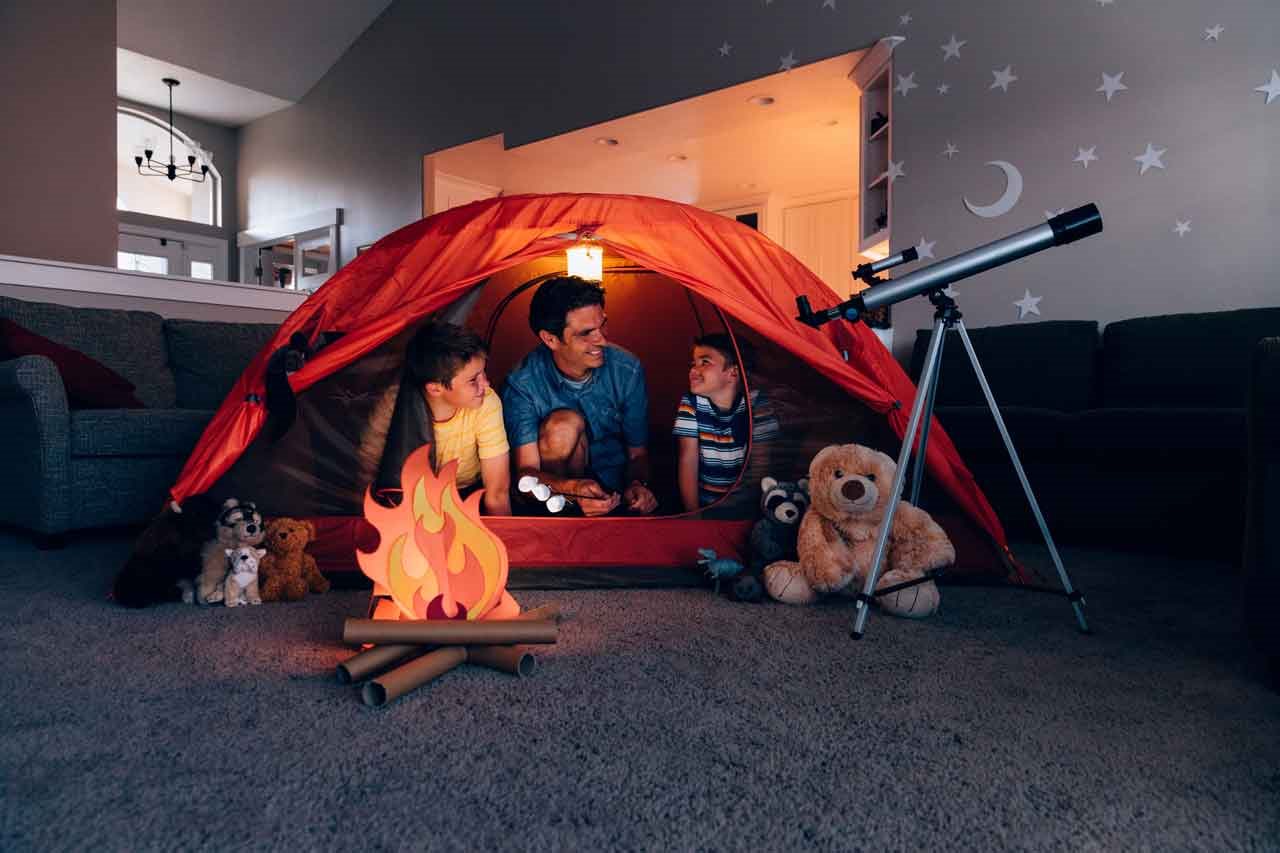2020-07-30T14:41:00

(BPT) – Have you ever left your doctor’s appointment and realized that you forgot to ask some important questions? If you have epilepsy, speaking up is key to creating a true partnership with your healthcare provider to help achieve your personal and health goals. However, many people still struggle to have real, open conversations about their seizures. The Seize the Truth About Epilepsy Perceptions (STEP) Survey* revealed just how often doctors, caregivers and people with epilepsy are not on the same page – and why that needs to be addressed.1
Currently, there are nearly 65 million people who have epilepsy worldwide, including more than 3.4 million people in the U.S.2 Even today, people living with epilepsy can face stigma and discrimination due to their seizures, and many people feel their seizures have a negative impact on overall quality of life for themselves and their families.3
More productive and honest discussions about epilepsy have become even more important during the COVID-19 pandemic, as social distancing requirements have limited in-person medical visits. Whether it’s virtual or in person, here are some important tips to guide your next discussion about epilepsy with your doctor.
1. Explain the reason for your visit.

Is this a checkup, or is there something specific you need to address? Without this information, your healthcare provider (HCP) may not have the full picture and can’t provide the help and guidance that is needed.
Why it’s important: According to the STEP Survey, 65% of patients and 63% of caregivers say a seizure event triggered a visit to the doctor, while only 25% of HCPs believe a visit is triggered by a seizure event.1
2. Record and report the number of seizures you’ve had since your last visit.

HCPs need the real numbers to ensure you get the best possible care and have the right treatment plan in place. Keep a log of all seizures to bring to your next visit.
Why it’s important: While 73% of HCPs and 83% of caregivers believe patients report a high percentage of their seizures, patients actually say they report only 45% of seizures, according to the survey. The primary reason for not reporting them? Patients say the seizures weren’t serious enough to mention, or they just forgot.1
3. Ask any questions you have about your current treatment or other options you may want to explore.

You are in charge of your health, and gaining information about epilepsy will empower you to make decisions about your own care with your HCP. Write questions down ahead of your visit, and ask follow-up questions as needed.
Why it’s important: 97% of HCPs say they explain the benefits of the treatment they recommend to their patients, but only 41% of patients and caregivers say their HCPs do so, according to the STEP Survey.1
4. Describe how seizures have interfered with your everyday activities and the overall emotional impact of living with epilepsy.

Living with epilepsy has a real emotional impact. In addition, seizures can affect how you work, drive, do schoolwork or chores. Make a list of your concerns ahead of your visit. If your HCP fully understands the challenges you’re facing, they can provide better care based on your needs — and help you find the right tools, resources and services.
Why it’s important: According to the survey, most people with epilepsy just want to feel “normal.” Yet in the STEP Survey, 58% of caregivers and 47% of patients have had to take time off work due to epilepsy, and over half of patients feel it is disruptive not being able to drive. Approximately 80% of patients and caregivers reported feeling some form of isolation due to epilepsy, and over half of patients reported a very or extremely negative impact of epilepsy on physical, financial and mental/emotional health.1
5. Share your real-life goals with your healthcare team.

Whether it’s wanting to start a family, live on your own or drive a car, by explaining your personal goals to your HCP, you can partner together to work toward achieving them.
Why it’s important: In the STEP Survey, 81% of HCPs somewhat or strongly agreed that patients don’t communicate their real-life goals to doctors — while less than 50% of patients somewhat or strongly agreed.1
For information about the survey, visit WebMD.com/EpilepsySurvey. To make the most out of the next doctor’s visit, download a helpful guide (available here) for your discussion with your doctor.
*About the STEP Survey
SK Life Science, Inc. engaged Kantar Health to develop and field a 40-minute online survey of 400 adult patients with epilepsy and 201 caregivers of adult epilepsy patients, and a 45-minute online survey of 258 healthcare providers (including 96 epileptologists, 112 general neurologists and 50 nurse practitioners/ physician assistants).1
The study was fielded from February 7 to March 27, 2019.1
For more information about SK Life Science, Inc., please visit www.sklifescienceinc.com.
[1] SK Life Science, Inc. and Kantar Health. “Seize the Truth about Epilepsy Perceptions (STEP) Survey.” February 7, 2019 to March 27, 2019.
[2] CURE. What is epilepsy? https://www.cureepilepsy.org/about-epilepsy/what-is-epilepsy. Accessed June 17, 2020.
[3] World Health Organization, Epilepsy Fact Sheet. https://www.who.int/news-room/fact-sheets/detail/epilepsy. Accessed June 17, 2020.




















